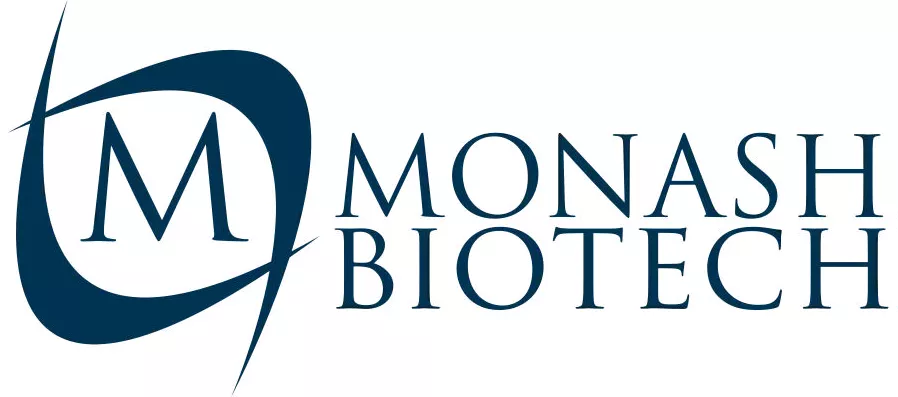Artificial Insemination (AI) in Cattle
Artificial Insemination (AI) has revolutionized the cattle industry, offering numerous benefits for dairy production around the world. By enabling the selective breeding of superior genetics, AI has significantly improved the quality and quantity of livestock.
Types of Artificial Insemination (AI) in Cattle
There are two primary types of AI techniques used in cattle breeding:
Conventional AI:
The most common method, involving the deposition of semen into the cow's reproductive tract using a specialized instrument.
This technique is relatively straightforward and widely used in commercial dairy operations.
Timed AI:
A more precise method that involves synchronizing the estrous cycles of a group of cows and then inseminating them at a specific time.
This technique improves fertilization rates and reduces labor costs.
Why is AI Important in Cattle Breeding?
AI offers several significant advantages for the cattle industry:
Genetic Improvement: AI allows for the rapid dissemination of superior genetics from elite bulls to a large number of cows. This accelerates genetic progress and leads to improved traits like milk production, and disease resistance.
Disease Control: AI minimizes the risk of disease transmission, as semen can be collected and processed under hygienic conditions.
Improved Reproductive Efficiency: AI can be timed precisely to optimize fertilization and increase pregnancy rates.
Cost-Effective: AI reduces the need for maintaining a large number of breeding bulls, making it a cost-effective technique.
Biosecurity: AI helps maintain biosecurity by reducing the risk of introducing diseases through live animal transportation.
The First Artificial Insemination (AI) in Cattle
Artificial insemination is the introduction of semen directly into the female reproductive tract through means other than copulation. Although the first successful use of AI was over 200 years ago,the technology was not widely adopted in animal agriculture until the 20th century. Massive technological advances and widespread growth of the use of AI, particularly in dairy cattle, occurred in Europe and the United States beginning in the 1930s and 1940s.
Although AI is a labor intensive process that requires technical expertise, the overwhelming use of AI in many livestock species (most notably in dairy cattle, swine and turkeys) suggests that the benefits of the technology outweigh the time and cost associated with it. With regard to genetic improvement, AI allows for the propagation and dissemination of superior sire genetics. By eliminating geographical limitations and allowing producers to choose highly vetted sires that align with their breeding systems, AI increases the rate of genetic improvement and production gains. Furthermore, AI allows superior sires to produce significantly more offspring compared to natural service, and even makes it possible to use sires that cannot reproduce naturally or are no longer alive.
Artificial insemination is an incredibly powerful tool for genetic improvement at several different levels. Although basic in principle, AI is currently the most widely used reproductive biotechnology for the genetic improvement of livestock in the world. The development and adoption of AI in livestock served as the impetus for several of the ARTs detailed below and paved the way for public acceptance of reproductive interventions in general.
Have you heard the latest news about India's recent historic achievement in artificial insemination? If not, please check out this article :- Great Indian Bustard chick has hatched in Jaisalmer through artificial insemination
AI has revolutionized cattle breeding, leading to significant improvements in productivity, efficiency, and genetic progress. As technology continues to advance, we can expect further innovations in AI techniques, driving the future of livestock production.
Our Products
Blastomere Biopsy Micropipettes
Holding Micropipettes
Injection Micropipettes
Polar Body Biopsy Micropipettes
Trophectoderm Biopsy Micropipettes Bevelled
Trophectoderm Biopsy Micropipettes Flat
Support
Customer Support
Frequently Asked Questions
Chat Support
Chat on FaceBook Messenger
Helpful Resources
Privacy Policy
Please note that the 3D models displayed on this website are for illustrative purposes only. Actual product dimensions, colors, and finishes may vary. These models should not be considered a precise or guaranteed representation of the final product.
© 2025 Monash Biotech. All Rights Reserved.
Designed & Developed by Goafreet Company


